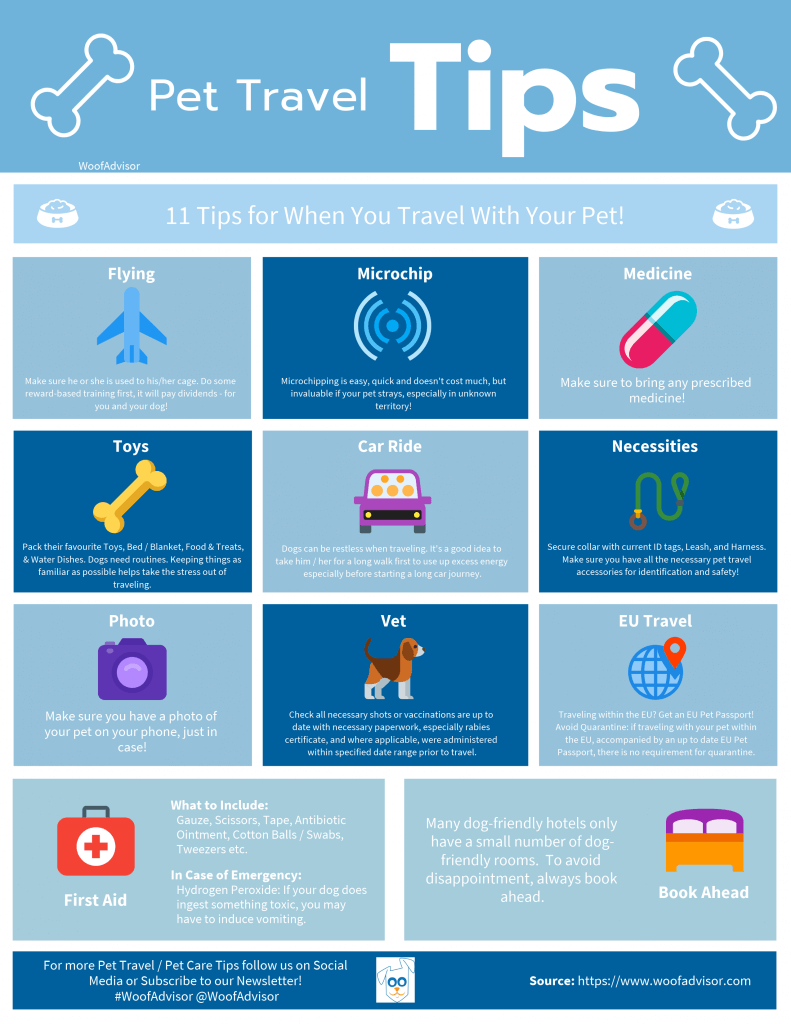Safe Puppy Transportation: Tips for Stress-Free Car Rides with Your Furry Friend
Getting your new puppy home safely is a big deal for any pet parent. We know you want to make sure your furry friend has a comfy and stress-free trip. Safe pet transportation involves choosing the right method, proper planning, and following key safety steps.
There are several ways to bring your pup home. You might pick them up yourself, use a flight nanny, or hire a pet transport service. Each option has its pros and cons. We’ll help you figure out which one works best for you and your new buddy.
Before the big day, it’s important to get ready. This means having the right gear, like a cozy crate and some puppy-safe toys. We’ll share tips on how to make the trip as smooth as possible for your little fur ball.
Key Takeaways
- Pick a transport method that fits your needs and keeps your puppy safe
- Get the right supplies and prep for a comfy journey
- Follow health and safety rules to reduce stress for your new pup
Choosing the Right Transportation Method
When it comes to moving our puppies, we have several options. We’ll explore the main ways to transport our furry friends safely and comfortably.
Understanding Ground vs Air Transport
Ground transport can be a good choice for shorter trips. We can use our own car or hire a pet transport service. This lets us keep a close eye on our pup.
Air transport works well for longer distances. Many pet-friendly airlines offer special services for pets. They have climate-controlled areas in the cargo hold.
Both methods have pros and cons:
Ground:
- More control over stops and comfort
- Can be slower for long distances
- May cause less stress for some puppies
Air:
- Faster for long trips
- Strict rules for pet safety
- Might be more stressful for some pups
Key Considerations for Puppy Transport
Safety is our top priority. We need to make sure our puppy is secure and comfy during the trip.
Here’s what to keep in mind:
- Use a sturdy, well-ventilated carrier
- Provide food, water, and comfort items
- Keep the temperature just right
- Have health certificates and vaccination records ready
It’s crucial to prep our pup for the journey. We can take short car rides to get them used to travel.
We should also check the rules. Different airlines and transport services have their own requirements for pet travel.
Specialized Pet Transport Services
Professional pet transporters can be a great option. They know how to move puppies safely and follow all the rules.
These services offer:
- Door-to-door transport
- Regular updates during the trip
- Staff trained in pet care
We should look for companies that are USDA registered and IPATA members. This means they meet high standards for pet transport.
Some services use flight nannies. These people fly with our puppy to keep them safe and comfy.
Before choosing a service, we should:
- Read reviews from other pet owners
- Ask about their safety measures
- Check their insurance and licenses
By picking the right method and service, we can ensure our puppy has a safe and stress-free trip to their new home.
Preparing for Your Puppy’s Journey
Getting ready for your puppy’s trip takes some planning. We’ll cover what you need to do before, during, and after transport to keep your new friend safe and comfy.
Pre-Transport Health and Safety
Before your puppy hits the road, a vet check-up is a must. We need to make sure they’re fit to travel. Vaccinations and health certificates are key for safe pet shipping. Ask your vet about any special needs your pup might have.
Next, pick the right crate. It should be big enough for your puppy to stand, turn around, and lie down. Make sure it’s sturdy and well-ventilated. Put a cozy blanket inside to make it feel like home.
Don’t forget to pack:
- Puppy food
- Water and a bowl
- Favorite toy
- Pee pads
- Leash and collar with ID tags
Ensuring Comfort and Care During Travel
During the trip, your puppy’s comfort is top priority. We recommend using climate-controlled vehicles for a comfy ride. Regular stops for potty breaks and stretching are important on long trips.
Keep these tips in mind:
- Secure the crate properly
- Don’t feed right before travel to avoid upset tummies
- Give small amounts of water to prevent dehydration
- Use a toy or piece of your clothing for a familiar scent
If you’re using a pet transport service, ask about their safety protocols. Good companies will give you updates during the journey.
Post-Transport Follow-Up
Once your puppy arrives, give them time to settle in. Keep things calm and quiet at first. We suggest:
- Showing them where to potty
- Offering water and a small meal
- Letting them explore their new home slowly
Watch for signs of stress or illness. A quick vet check-up in the first few days is a smart move. This helps catch any issues early.
Don’t forget to leave a review if you used a transport service. Your feedback helps other pet parents make good choices. Happy tales and testimonials are great for finding trustworthy services in the future.
Frequently Asked Questions
Transporting puppies safely involves careful planning and preparation. We’ll cover key aspects like best practices, costs, services, and tips for various travel situations.
What are the best practices for transporting a puppy safely?
Using a secure crate or carrier is the safest way to transport a puppy in a car. The crate should allow the puppy to stand, turn around, sit, and lie down comfortably.
Make sure to pack essentials like water, food, and toys for the journey. We recommend taking frequent breaks for potty and exercise during long trips.
How much does it typically cost to transport a puppy?
The cost of puppy transportation varies widely depending on the distance and method. For short local trips, it might be free if you do it yourself.
Professional services for longer distances can range from $100 to over $1000. Factors like the size of the puppy, urgency, and special needs can affect the price.
What should I look for in a door-to-door pet transportation service?
We suggest choosing a service with experience in puppy transportation. Look for companies that are licensed, insured, and have positive customer reviews.
Ask about their safety protocols, vehicle specifications, and how they handle emergencies. A good service will be transparent about their processes and willing to answer all your questions.
What are some tips for moving a puppy long-distance from a breeder?
When getting a puppy from a breeder far away, proper preparation is key. We recommend asking the breeder about their shipping practices and experience.
Ensure all necessary paperwork, including health certificates, is in order. Consider using a professional pet transport service for added safety and peace of mind.
How can I safely travel with my dog if I don’t have a car?
Public transportation can be an option for traveling with puppies. Many buses and trains allow small pets in carriers.
For air travel, check airline pet policies carefully. Some airlines allow small dogs in the cabin. Always use an airline-approved carrier and follow all guidelines.
What are the average expenses involved in cross-country pet transportation?
Cross-country pet transportation costs can vary greatly. By air, prices typically range from $300 to $1000, depending on the size of the dog and airline.
Ground transportation services might charge $0.50 to $1.50 per mile. Additional costs may include health certificates, special crates, and any required stops or overnight stays.







